The day up top was even better than it was on the surface. The air was absolutely smooth. The sky was clear, I had a great flying buddy, and the airplane flew great. Sometimes in life things come together.
It was the kind of airplane that I knew I’d be able to land by feel the first time out, and I was right. By then there was a little crosswind, but nothing to worry about. Ramon suggested some numbers—they sounded slow to my brain, which is used to faster planes in general, but logically, from what I’d seen in slow flight, not quite slow enough. Which is how it always seems to work on first flights. The demo pilot always builds in a little extra margin, right? And sure enough, as we came over the fence, we had a little extra speed, so I let it bleed off—I used just 30 degrees of flaps—and flared it nice and nose high, and squeak, squeak.
There’s no doubt in my mind that the V1.0 would make student pilots and their instructors happy, perhaps deliriously so. As I mentioned earlier, it might make the flight school owners even happier. The plane lists at $278,000, which is at least $100,000 less than comparable, better-known four-seat trainers. Having grown up in a family that ran flight schools, I know that there’s more to a plane’s value as a trainer than its purchase price, and Ameravia has its work cut out for it in making a case for this newcomer to be adopted in big numbers by flight schools that are concerned about all facets of operation and their impact on the bottom line, as well as their effectiveness as training platforms.
That said, the V1.0 has a lot going for it: a time-tested design, the most popular engine in the category, terrific flying manners and a dose of personality so big that even after a great day of winging around, it makes one want to go flying one more time. And then again. You get the gist.




